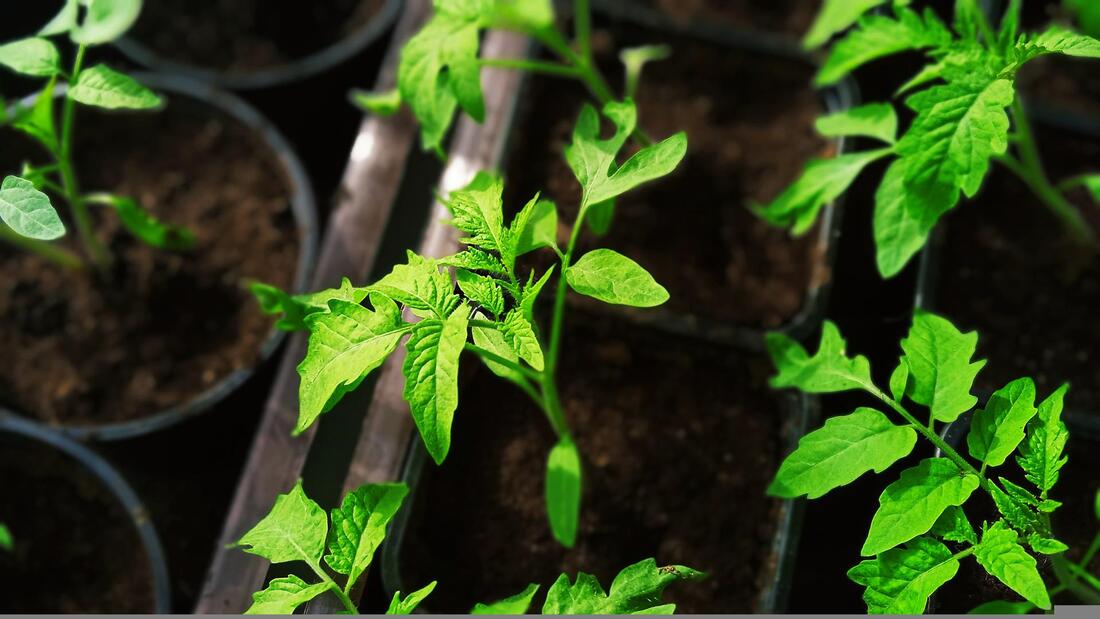How to Harden Off Tomato Plants
What is 'hardening off' tomatoes?
Hardening off tomato plants involves gradually exposing seedlings to the outside environment to strengthen the stalks and prepare the tomato plants for the transition to the garden. Without hardening off, young seedlings may snap in the wind and foliage may scald and sunburn, damaging the plants. Exposing tender stems and foliage gradually to the effects of the wind and sun builds strong stems that stand up to the weather when planted in the garden.
Choose a Sheltered Location
Choose a sheltered location for hardening off your tomatoes. Look for an area that receives filtered or morning light and provides a windbreak. The object is to expose young plants to the outside without causing stress or damaging foliage. Areas near the foundation of the house (out of direct sunlight) or along a fence make the ideal place for introducing tomato seedlings to the outside.
Bring Your Tomato Seedlings Inside at Night
Bringing your tomato plants back inside at night during the hardening off process protects them from chilly nights. Leaving them outside poses the risk of losing the plants. Although it may seem like a bit of a chore, moving plants inside is a necessary part of the hardening off process and will reward you with lush green plants with abundant fruit in late summer.
Gradually Increase Wind and Sun Exposure
Move the tomato seedlings to more light each day until they can tolerate full sun without wilting or showing signs of sun scald. This may take up to a week, but it is well worht the effort.
Begin with an hour or two of direct sunlight and increase the amount each day until they can tolerate all-day sun. This will lessen transplant shock when you move your tomato seedlings to the garden.
Begin with an hour or two of direct sunlight and increase the amount each day until they can tolerate all-day sun. This will lessen transplant shock when you move your tomato seedlings to the garden.
Transplant Your Tomato Seedlings to the Garden
Your tomato seedlings are ready to transplant to the garden once they can tolerate full sun without wilting or showing other signs of stress.
